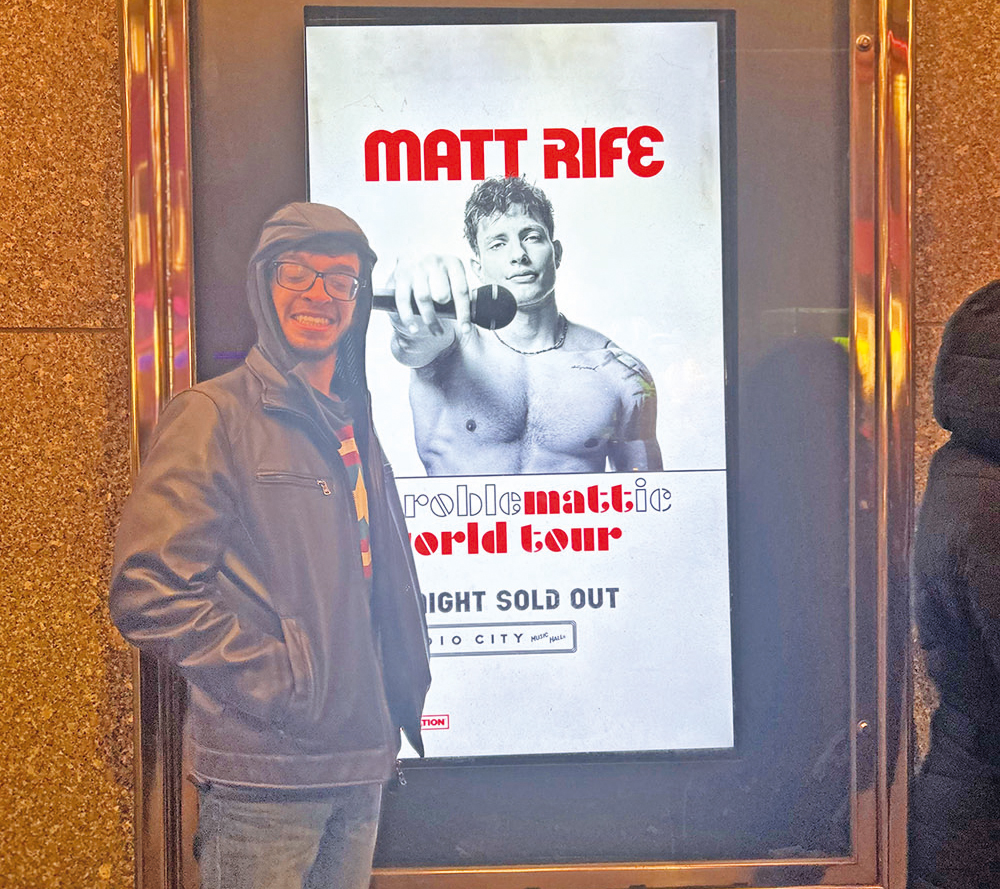One of the advantages of living in the central New Jersey area is the vast array of educational opportunities on topics ranging from the Jewish ghetto of Florence to the history of Chasidism. The Allen and Joan Bildner Center for the Study of Jewish Life at Rutgers University offered these free events and more as part of their Spring 2018 Public Program offerings.
Leading the series was the “Jewish Ghetto in Florence,” co-sponsored with Rutgers’ department of Italian. Three leading international scholars spoke about the reconstruction of a lost Jewish space. While most people think of ghettos as being located in undesirable locations, the reverse was true for the Florence ghetto. Located in the prime real estate in the center of town, it was established in 1571 and was the base of the flourishing Florence Jewish community until it was torn down in the late 1880s to make more room for offices of the expanding city government. The audience was treated to not only a history of the ghetto, but photos depicting Jewish life and a scale model recreating the ghetto.
Cosimo de Medici I was never destined for royalty. He became duke of Florence when others ahead of him in lineage died. Cosimo I learned to understand and appreciate Jewish life when he studied in Venice with his tutor. The ghetto was not built to persecute the Jews, but to provide them with a place to live in the center of town near the marketplace where many were merchants. As an added bonus, the seeming isolation of the Jews was a way to ingratiate Cosimo I with the current Pope. It wasn’t entirely an altruistic endeavor, as rents were charged to live in the ghetto. Similar to today, apartment rents were based on amenities. It was reported that 1,000 souls lived in the Florence ghetto in 1570. As the ghetto expanded to meet the physical needs of the growing community, the expansion also considered the religious needs of the population: Staircases were to be constructed to be wide enough to allow a man and a woman to pass each other without touching. Within the ghetto, the Jews had a certain amount of legal and governmental autonomy. They established synagogues, schools, kosher markets and ritual bath houses.
Two programs were presented in March in cooperation with the fifth annual Polish-Jewish Studies Workshop. “Chasidism: A New History” presented the rise and origins of Chasidism in Europe and was followed by a concert, “Soundscapes of Modernity—Jews and Music in Polish Cities,” with music of the 1800s to early 1900s performed by Rutgers’ Mason Gross School of the Arts. Later in the month, Eddy Portnoy of the YIVO Institute for Jewish Research presented a humorous (and sometimes ribald) account of “The Bizarre Tales of Yiddishland: What the Yiddish Press Reveals About the Jews.” The Yiddish newspapers that had their heyday from the 1880s to the 1930s were a combination of helpful tips for immigrants, news reports and a way of creating a sense of community among many new Americans whose family members were still in Europe. Portnoy began looking into the articles in Yiddish newspapers when researching their cartoons for a doctoral dissertation. New immigrants found the Yiddish press critical to acclimating to life in the United States. Early popular articles included the rules and nuances of baseball; how to select, prepare and preserve American produce; and health concerns during influenza outbreaks. Many of the articles dealt with situations that may have been common in the Jewish community, but were kept “within the fold” by only being printed in Yiddish, such as husbands deserting their families for financial reasons.
Following the “Israel at 70 Celebration” presented in partnership with NJPAC and Rutgers Hillel, the final program, “Out of the Shtetl: Anarchists, Zionists and Other Dreamers Encounter the World,” was featured as a special event honoring the career and scholarship of Yael Zerubavel, founding director of the Bildner Center, upon her retirement. Brown University professor Omer Bartov spoke about early 20th-century Europe and the philosophical approaches of the socialists, Zionists and anarchists in pre-WWII Europe and during the war years, and how their relationships with the non-Jewish community influenced their actions.
For more information about the Bildner Center or to view upcoming events, go to https://bildnercenter.rutgers.edu. The Bildner Center also sponsors Jewish Studies Online, a program of free, non-credit online courses allowing you to learn at your own pace and study with the Jewish studies faculty at Rutgers University. See the website for details.
By Deborah Melman













